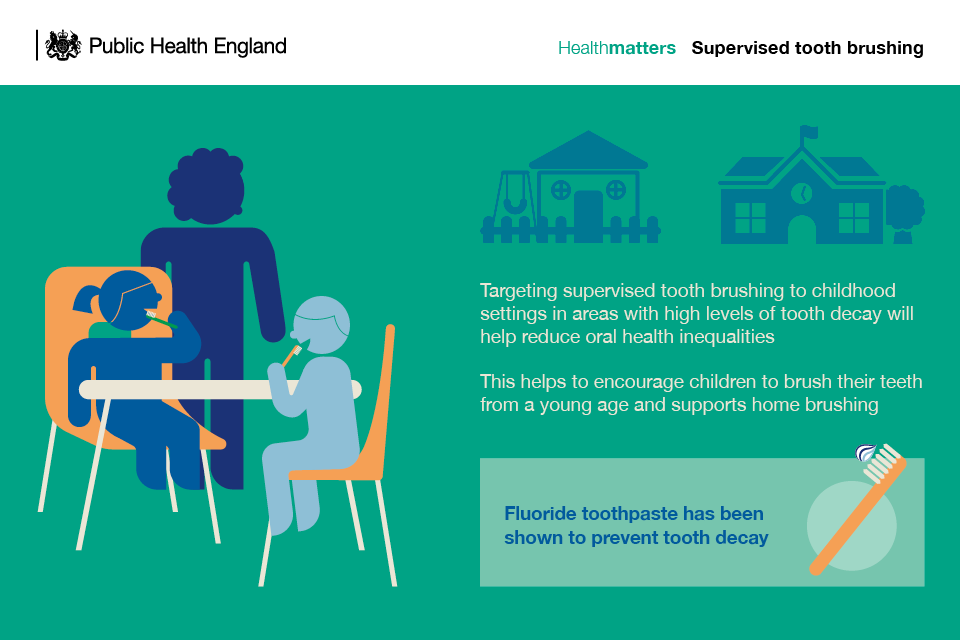Prepare Yourself For Unexpected Oral Emergencies By Having The Ability To Recognize The Signs And Symptoms Of Trauma And Understanding The Ideal Time To Seek Instant Medical Interest
Prepare Yourself For Unexpected Oral Emergencies By Having The Ability To Recognize The Signs And Symptoms Of Trauma And Understanding The Ideal Time To Seek Instant Medical Interest
Blog Article
Article Produced By-Montoya Schaefer
If you feel an unexpected shock of pain or discover a tooth injury, it can be upsetting. But just how do you determine if it's a dental emergency situation that calls for immediate attention? Recognizing the crucial indications and recognizing when to seek help can make all the difference in maintaining your dental wellness. Recognizing when to act promptly can mean the difference between a quick fix and extra substantial therapy.
Common Types of Dental Trauma
What're the common kinds of dental trauma that you should understand?
Mishaps can happen, resulting in numerous types of dental injuries. One common kind of oral injury is a split tooth. This can occur from biting down on something hard or experiencing an impact to the face.
Another type is a broken tooth, where a part of the tooth can chip off. In addition, you might experience a knocked-out tooth, which can happen throughout sporting activities or drops. Recommended Resource site to handle the tooth meticulously and seek immediate dental attention.
Oral injury can also entail a tooth that has actually been pushed out of setting or loosened as a result of an injury. This sort of injury calls for timely therapy to save the tooth.
Finally, soft tissue injuries in the mouth, such as cuts, can also occur from mishaps. Learning about these typical types of oral trauma can aid you act swiftly and appropriately in case of an emergency.
Indicators of Dental Emergencies
Acknowledging the indications of dental emergency situations is vital for timely action and appropriate therapy. If you experience severe tooth discomfort that's constant and throbbing, it can indicate a hidden problem that needs prompt interest.
Swelling in the gums, face, or jaw can likewise suggest an oral emergency situation, especially if it's accompanied by pain or high temperature. before and after wisdom teeth removal of type of injury to the mouth causing a fractured, damaged, or knocked-out tooth ought to be treated as an emergency to prevent additional damage and prospective infection.
Hemorrhaging from the mouth that does not stop after applying stress for a few mins is one more warning that you must look for emergency situation dental care. Additionally, if you discover any signs of infection such as pus, a nasty preference in your mouth, or a fever, it's important to see a dentist as soon as possible.
Disregarding Suggested Online site could bring about extra serious problems, so it's essential to act quickly when confronted with a possible oral emergency situation.
Significance of Immediate Therapy
Motivate action and prompt therapy are critical in addressing dental emergency situations to prevent additional complications and ensure optimal results for your dental health and wellness.
When confronted with an oral emergency, such as a knocked-out tooth or extreme tooth pain, seeking instant treatment can make a significant distinction in saving your tooth and relieving pain. Delaying therapy can cause infection, enhanced discomfort, and also irreversible damages to your teeth and gum tissues.
By seeking emergency situation oral care immediately, you increase the opportunities of successful treatment and repair. Dentists have the required skills and devices to deal with emergencies effectively, lowering the threat of lasting consequences.
Additionally, how long does tooth extraction take to heal can assist manage discomfort and pain, allowing you to resume your day-to-day activities without interruption.
Final thought
To conclude, understanding oral trauma and knowing when to seek emergency treatment is critical for preserving dental wellness.
By identifying usual types of oral injuries and the indicators of dental emergency situations, you can make sure prompt care to stop additional damages and complications.
Keep in mind, seeking prompt treatment can conserve teeth, minimize pain, and raise the possibilities of successful healing.
Don't hesitate to seek aid from an oral expert if you experience any signs of dental injury.
